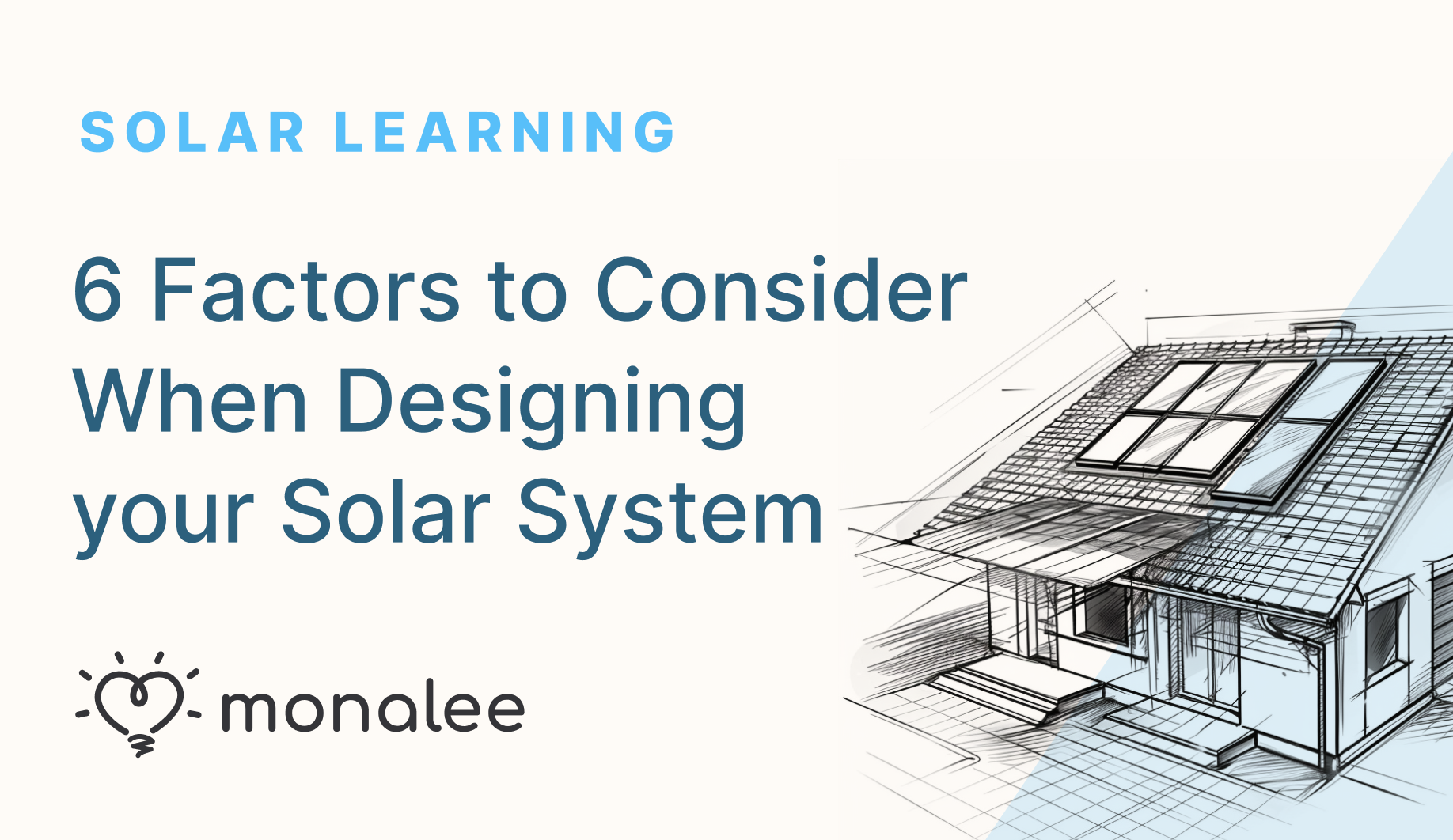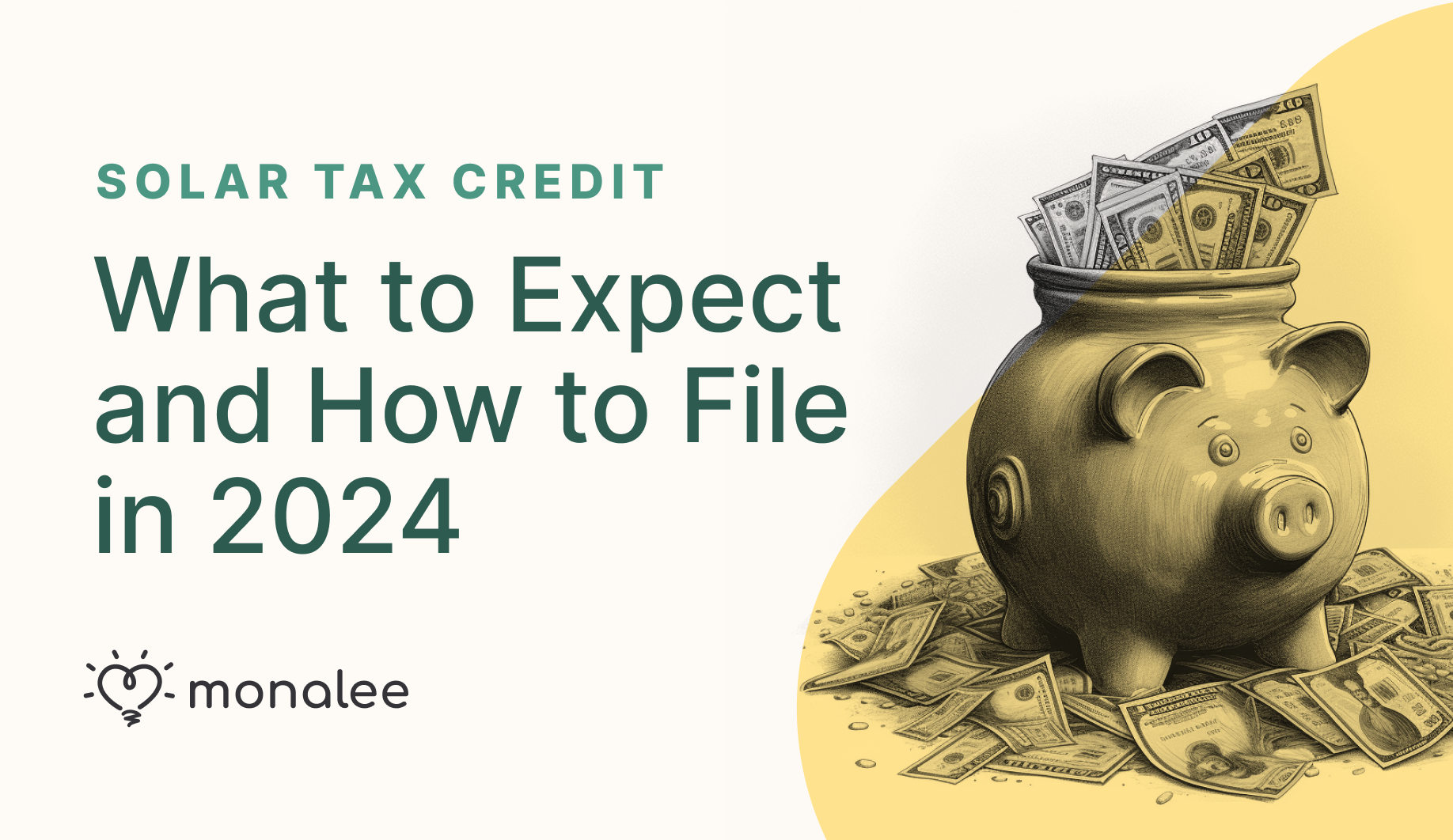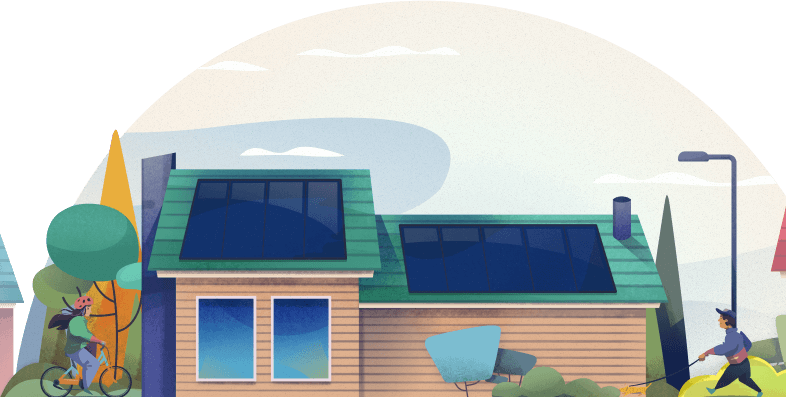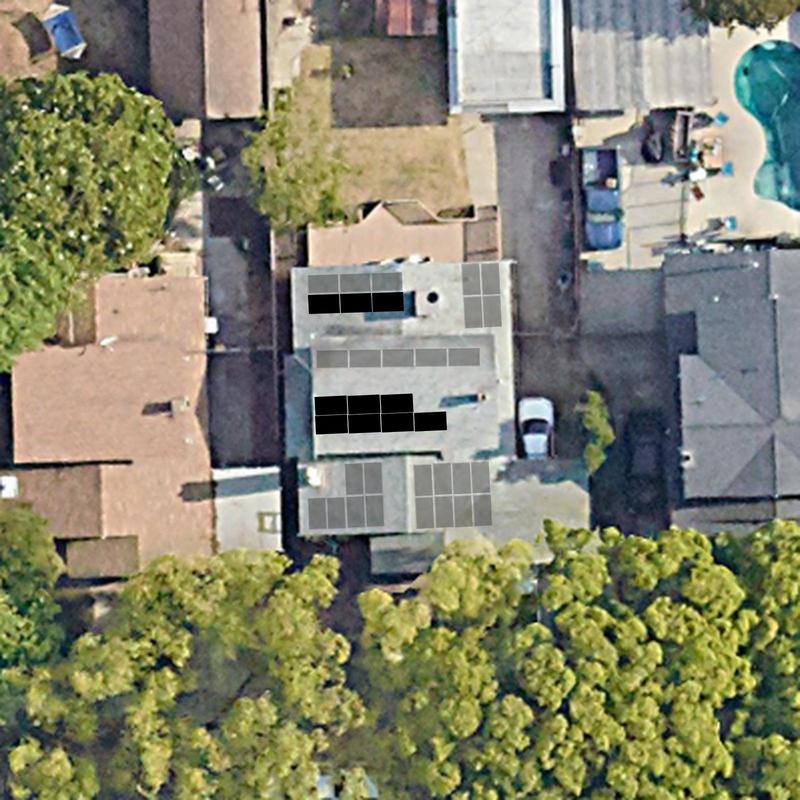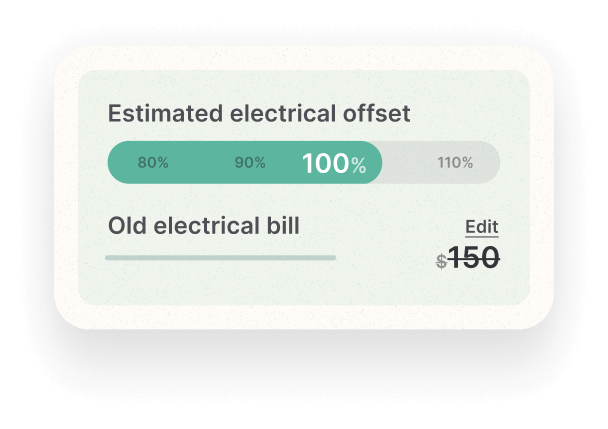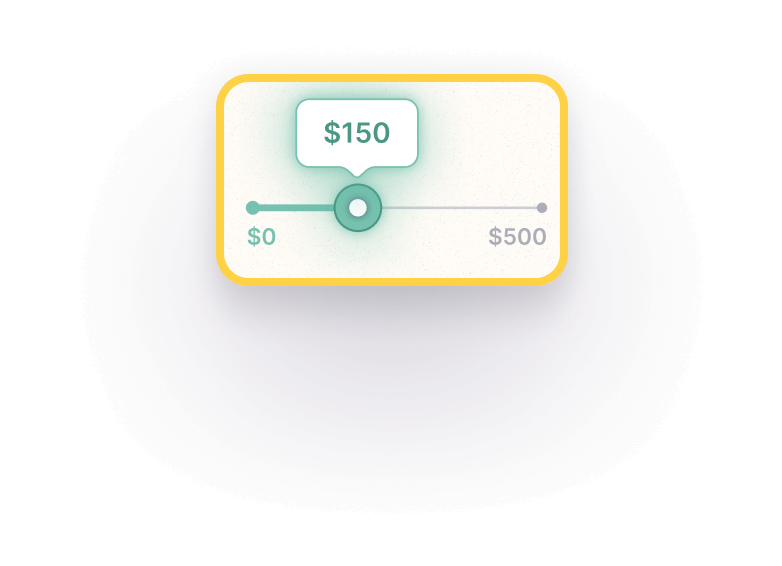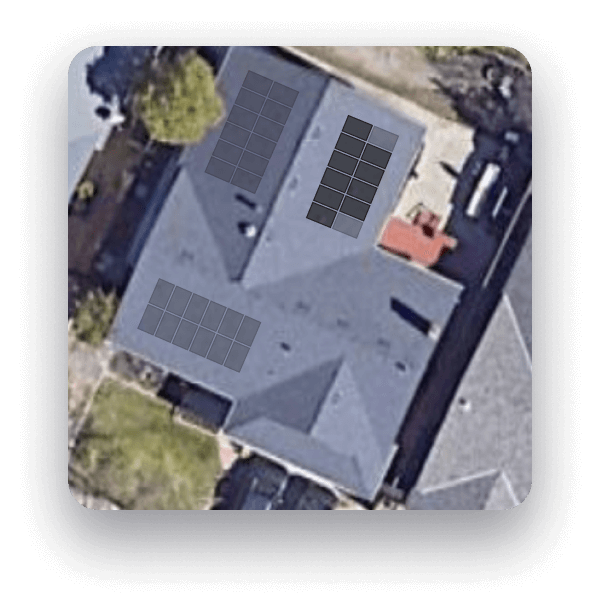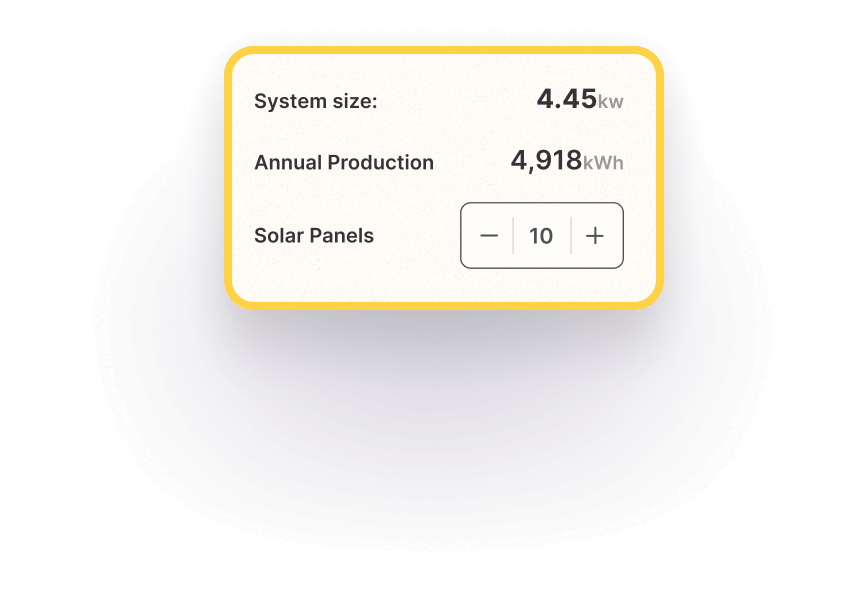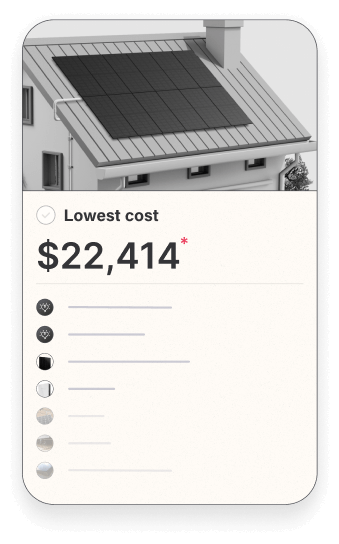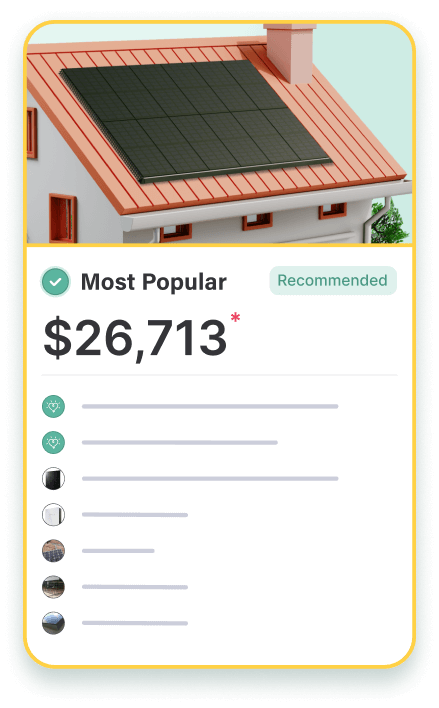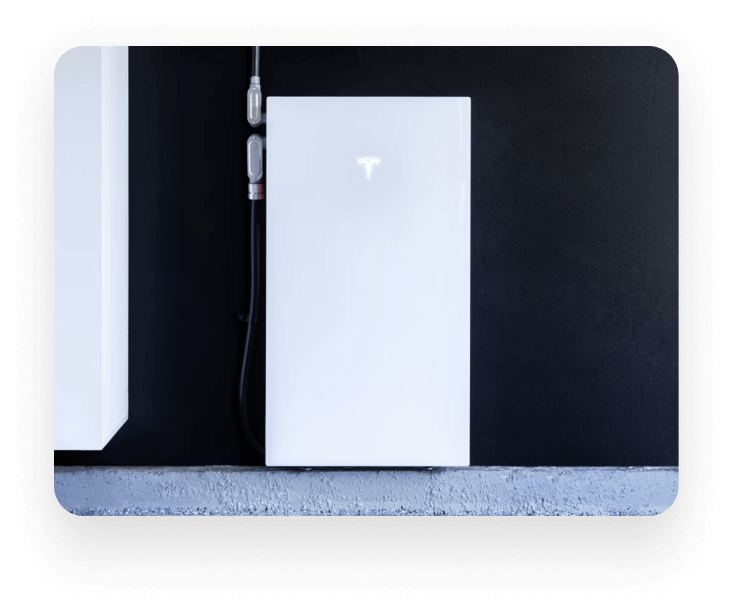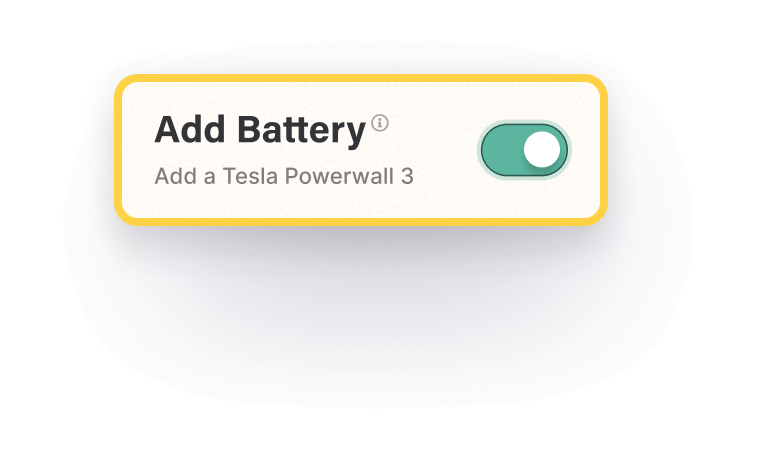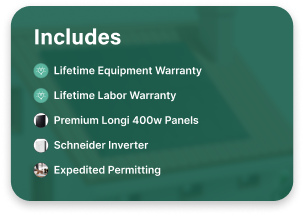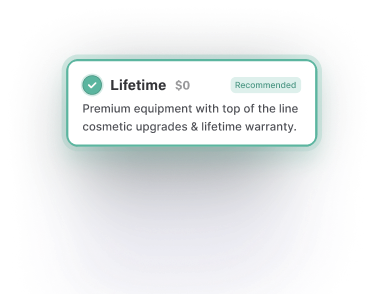Preparing your solar permit may take time, but it ultimately saves you a lot of hassle down the line.
The term ‘solar permitting’ may sound daunting, but rest assured that it’s actually a fairly straightforward process. The thing to remember about permitting is that it’s highly individual in that some local jurisdictions require it while others don’t. Those that do require it won’t necessarily have the same set of requirements and regulations.
Whether you’re new to solar or just received your unique quote, here’s everything you need to know about solar permitting.

What is a solar permit and why do I need one?
In most cases, a homeowner who wants to switch to solar energy will need what’s referred to as a ‘residential solar permit.’ This includes all types of homes, from single-family homes to townhouses, and apartment buildings.
While permitting isn’t the most thrilling part of going solar, it does serve an important purpose. Permitting ensures that installing solar panels on your roof or as a ground mount is legally compliant and safe. Not being legally compliant causes all sorts of trouble down the line. You might receive a fine or a penalty or even be required to remove your solar panels after they’ve already been installed.
It’s also important that your solar installation is safe and that it won’t put workers in harm’s way. Things that might go wrong include accidents, structural failures, or electrical hazards. Part of permitting is ensuring that quality workers are assigned to your project and that they are following all safety measures.

When do I need to submit my application?
Solar permitting is the third step of our Monalee process, and occurs after both your site survey and your solar system design is finalized. In-person site surveys are important because they give us a comprehensive overview of their electrical setup and the condition of their roof.
Site surveys are also an opportunity for our team to determine whether a homeowner might need an upgrade–for example, a main panel upgrade–in order to comply with local regulations. Whenever this happens, we work with the homeowner to make the necessary change and move their project forward.
After the site survey is completed, the next step is to approve the design of your system. System designers will take several factors into account, such as the navigational direction of the roof (a roof in the northern hemisphere that faces south will get the most sun and therefore will be the most efficient), whether there are roof obstacles like chimneys and roof vents to design around, and roof pitch to name a few.
If, during the site survey, you were told that you needed to make an upgrade or change, then the system design will reflect those changes. This way, when it’s time to submit the permitting application, the homeowner’s design is fully compliant with their local jurisdiction’s regulations.

How long does it take to get approved?
The toughest part about permitting is simply the wait. Every jurisdiction operates at a different speed, and it’s largely dependent on how quickly they work through each and every application. Historically, we’ve found that California permits tend to be approved right away whereas other states, such as Florida and Colorado, are more specific about how they want things done and can therefore take longer.
One way to potentially speed up the process is to switch to solar during ‘off-peak’ times compared to everyone else. For example, spring and summer are popular times to switch to solar energy because homeowners are already anticipating higher electricity bills during the hotter months. If you start the process a bit earlier than everyone else–say, in the winter or fall, your application will be processed much sooner.
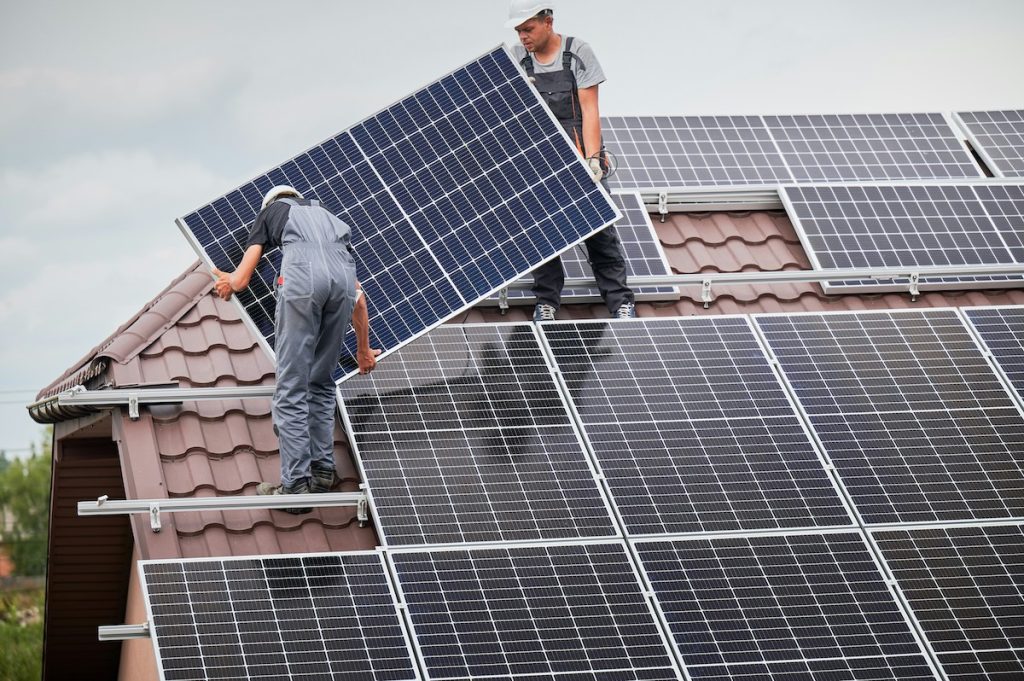
What if I get rejected?
While it’s rare, we won’t say that permit rejections don’t happen. Rejections are not set in stone though, so it’s simply a matter of making the necessary changes and then re-submitting your application. When permits are rejected, it’s often because the jurisdiction updated how they want to receive something or that a design change needs to be made.
Most permits we submit on behalf of Monalee homeowners are approved on the first attempt. If they aren’t for some reason—for example, if the jurisdiction updated how they want to receive something—we work to make the necessary changes and then re-submit the paperwork. Once permits are approved, along with any other required approvals from your utility company or HOA, we schedule the installation.

In Conclusion
Preparing your residential solar permit may take time, but it ultimately saves you a lot of hassle down the line. At Monalee, we compile all the necessary information for you and submit the application on your behalf. Permitting is helpful in ensuring legal compliance and safety during your installation.



